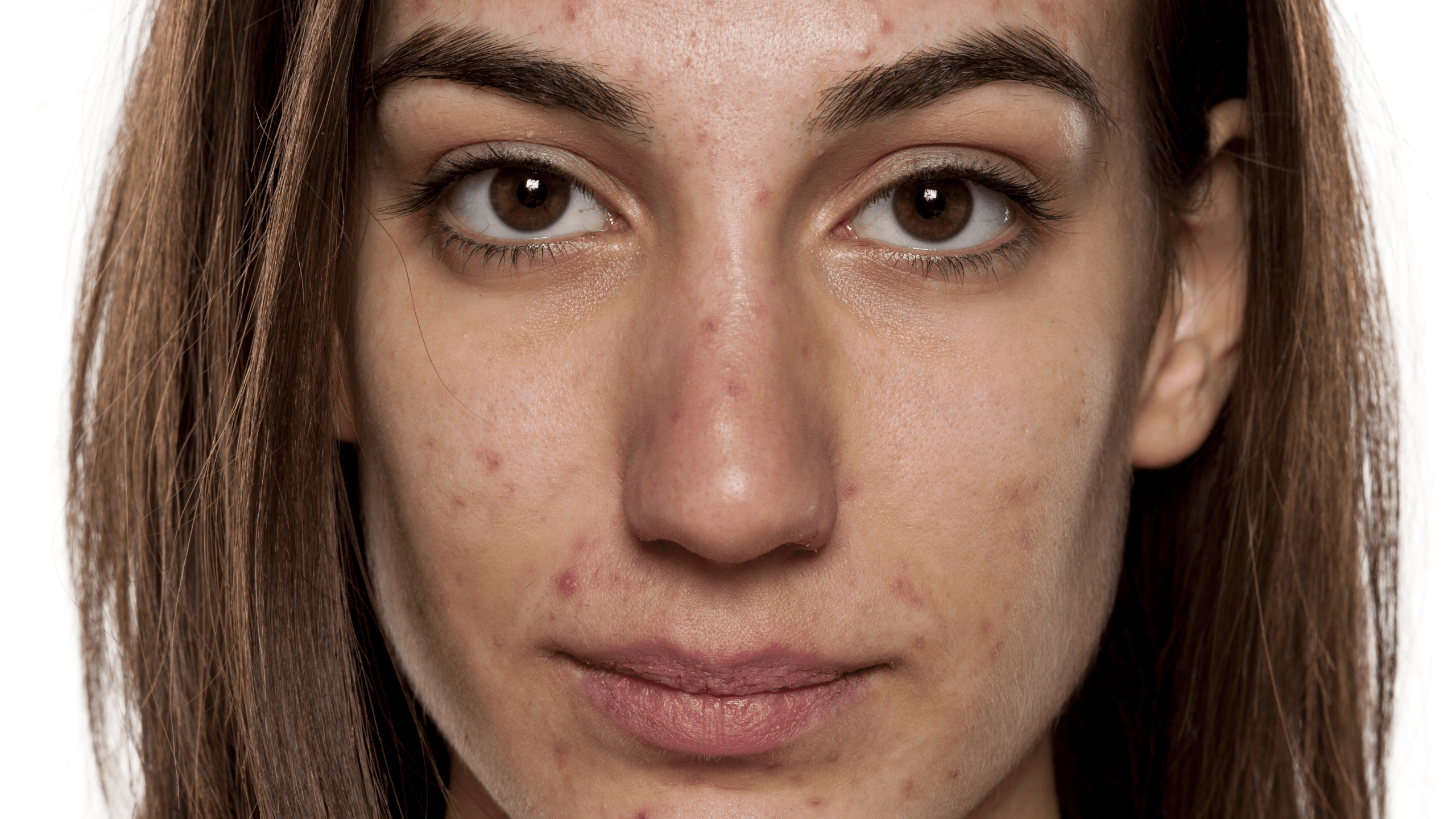Popping pimples is tempting. When you look into the mirror, you see that pus-filled blemish — and all you want to do is give it a squeeze in the hopes of resolving it as quickly as possible.
But if you’re thinking about digging into your face and popping your zits, wait! Popping pimples can be damaging, and there are better options for minimizing the appearance of acne-prone skin.
Is It Bad to Pop Pimples?
Bad is a strong word, but pimple popping definitely isn’t recommended by dermatologists or estheticians. If you have a pimple, that means your pore is swollen because of excess oil (also called “sebum”), dead skin cells, or bacteria that have become trapped.
By popping the pimple, you increase the pressure on your pore and can actually force the oil, dead skin cells, and bacteria deeper into the hair follicle. That can rupture the follicle wall and disperse the pus and other contents into the dermis (the middle layer of skin), increasing inflammation, redness, and swelling.
4 Reasons Why Not to Pop Pimples
Although popping that zit feels like a satisfying short-term solution, the long-term effects of pimple popping include:
1. Permanent acne scars
Popping or picking at your blemishes increases your risk of developing permanent acne scars that result in pitting and discoloration of the skin.
2. More noticeable acne
Because popping pimples creates higher levels of inflammation, it can increase swelling and discoloration and make acne more noticeable.
3. More painful acne
Breaking the skin when popping a pimple can result in an open and uncomfortable wound. The increased inflammation caused by popping blemishes can also result in more painful acne overall.
4. An infection
Broken skin from popping a pimple leaves your body at a greater risk of infections.
Better Alternative to Popping Pimples
Pimple popping isn’t a safe or effective way to minimize the appearance of acne. Instead, try:
1. Acne Spot Treatments
Over-the-counter acne spot treatments offer a short-term solution to more quickly minimize blemishes. Popular acne spot treatments include:
- Salicylic acid, which helps the skin shed dead skin cells
- Benzoyl peroxide, which kills bacteria on the skin
- Retinoids, which increases cellular turnover
- Hydrocolloid pimple patches, which can help heal wounds and prevent skin picking
Possible side effects of these common acne ingredients include skin irritation, dryness, peeling skin, and disruption to the skin microbiome.
If OTC spot treatments fail to help diminish breakouts, a board-certified dermatologist may prescribe prescription-strength spot treatments.
2. Professional Blemish Removal
While it’s not your best bet to try popping pimples at home, dermatologists and estheticians can help you physically get rid of whiteheads and blackheads by performing acne extractions in a safe and sterile environment. Acne extraction can be time consuming and expensive so it isn’t often chosen as a first plan of action. However, if other acne treatments haven’t effectively addressed blemishes, it can be a good option.
For cystic acne, dermatologists may offer incision and drainage. Because this form of acne can’t be popped, a healthcare professional may use a needle or surgical blade to cut open the cyst and remove what’s inside.
Rethink Pimple Popping
Popping a zit is tempting because we think it may offer quick relief. But there’s no miracle cure that will get rid of acne overnight. Whenever possible, be patient, and consider what your skin needs long-term. Acne-prone skin needs bacterial balance to reduce inflammation and improve the appearance of blemishes.
Gladskin's microbiome-friendly products work with your skin's barrier, not against it, helping good bacteria thrive without ingredients like benzoyl peroxide, salicylic acid, or antibiotics. Check out our face wash, body wash, makeup remover, and shampoo bar today.
